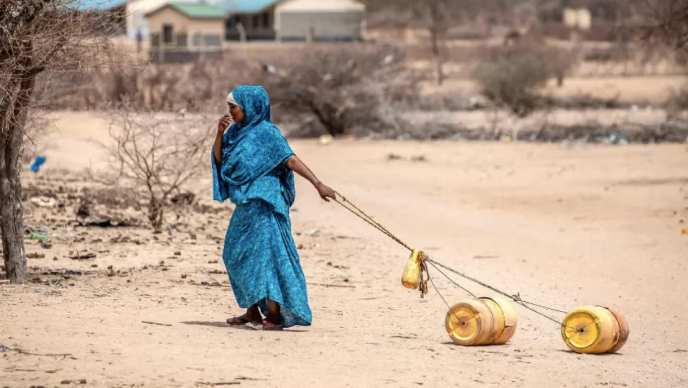Weak La Niña to delay and suppress Kenya’s short rains, forecast warns

The latest outlook from the Igad Climate Prediction and Applications Centre (ICPAC) shows that much of Eastern and Northern Kenya is likely to be hotter and drier than normal.
Kenya is set to face below-average rainfall during the October to December short rains season due to a weak La Niña, raising concerns for food production and water availability.
According to a new forecast, the rains will not only be delayed but will also be depressed across many regions of the country.
The latest outlook from the Igad Climate Prediction and Applications Centre (ICPAC) shows that much of Eastern and Northern Kenya is likely to be hotter and drier than normal.
In contrast, Western Kenya could receive more favourable rainfall, with some areas expected to record more than 300 millimetres.
The October to December season is particularly important as it contributes up to 70 per cent of annual rainfall in certain regions. A poor performance in this period usually has serious effects on crop yields, pasture, and food security.
The technical statement was released during the 71st Greater Horn of Africa Climate Outlook Forum in Nairobi. It noted that there is a 55 per cent probability that Central and Eastern Kenya will be drier than average.
“Analysis of predictions from seven Global Producing Centres, tailored for the region, indicates an elevated likelihood of below-normal rainfall in OND 2025 across … Eastern Kenya,” ICPAC said.
This regional forecast aligns with the World Meteorological Organisation (WMO), which has also warned of weak La Niña conditions expected to reduce rainfall across the greater Horn of Africa.
The WMO noted that a negative Indian Ocean Dipole, currently developing, could further worsen rainfall deficits during the short rains.
“Overall, the SON (September-November) 2025 rainfall outlook reflects a La Niña-influenced pattern, with suppressed rainfall over the central and eastern Pacific,” WMO said on Monday.
The seasonal forecast indicates that while Western Kenya will likely see an early or normal onset of rains, Central and Eastern regions will face a delayed start.
Such delays often disrupt planting schedules, leaving farmers with difficult choices between waiting for proper rainfall or sowing in dry soil.
In addition to reduced rainfall, Kenyans should prepare for higher temperatures. “Probabilities of warmer-than-average temperatures are highest over eastern parts of Kenya,” ICPAC said.
